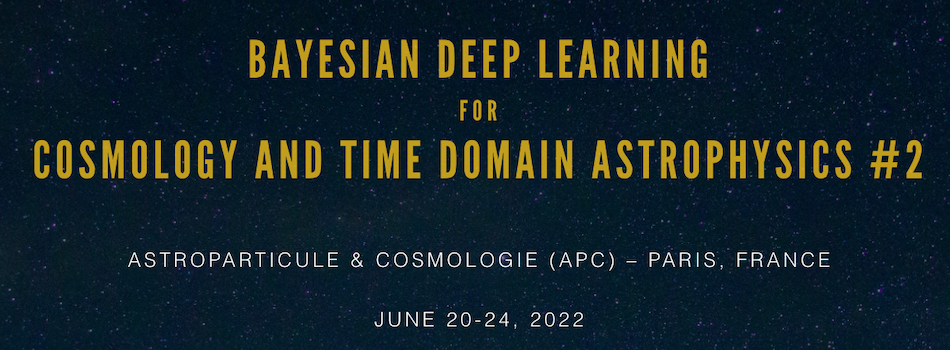Orateur
Description
Modern large scale astronomical surveys scan wide areas of the sky following a predetermined cadence. As a result, their data sets contain records of both, known and unknown (or not yet observationally confirmed) astrophysical phenomena. Such datasets hold an immense potential for discovery, however, their volume and complexity makes successfully identifying such events a far from trivial task. The challenge will be orders of magnitude greater with the arrival of the Vera Rubin Observatory Large Survey of Space and Time (LSST), expected to collect 15 TB per night of observation for at least ten years. In this new paradigm, serendipitous discoveries are unlikely to happen and new physics can easily hide in plain sight if we do not have the proper tools and knowledge framework necessary to characterize them.
In preparation for this new era in data intensive astronomy, since 2018 SNAD group has been developing efficient methods for time-domain anomaly detection. In this talk I will give an overview of the SNAD tools and strategies which enabled the treatment of a variety of light curve data sets: from a few thousands objects of the Open Supernova Catalog to a few millions light curves of the Zwicky Transient Facility (ZTF) data release. Their employed anomaly detection approach is centered in the combination of machine learning methods and expert analysis of the data. Two of the main SNAD products, currently widely in use by the community are: a high-performant feature extraction toolbox "light-curve" -- now used by three ZTF/LSST alert brokers; and the SNAD ZTF viewer which allows experts to efficiently evaluate the output of the machine learning pipeline. Last but not least, the team also developed an active anomaly detection pipeline, which implements a machine-expert interactive loop and gives significantly better performance in both detecting unusual astrophysical objects and filtering bogus data. I will briefly go through these tools, discuss their scalability and strategies to optimize the incorporation of domain knowledge to machine learning algorithms in the era of LSST.
Based on:
https://ui.adsabs.harvard.edu/abs/2019MNRAS.489.3591P/abstract
https://ui.adsabs.harvard.edu/abs/2021A%26A...650A.195I/abstract
https://ui.adsabs.harvard.edu/abs/2021MNRAS.502.5147M/abstract
https://ui.adsabs.harvard.edu/abs/2021arXiv211111555A/abstract
https://ztf.snad.space
https://github.com/light-curve/

